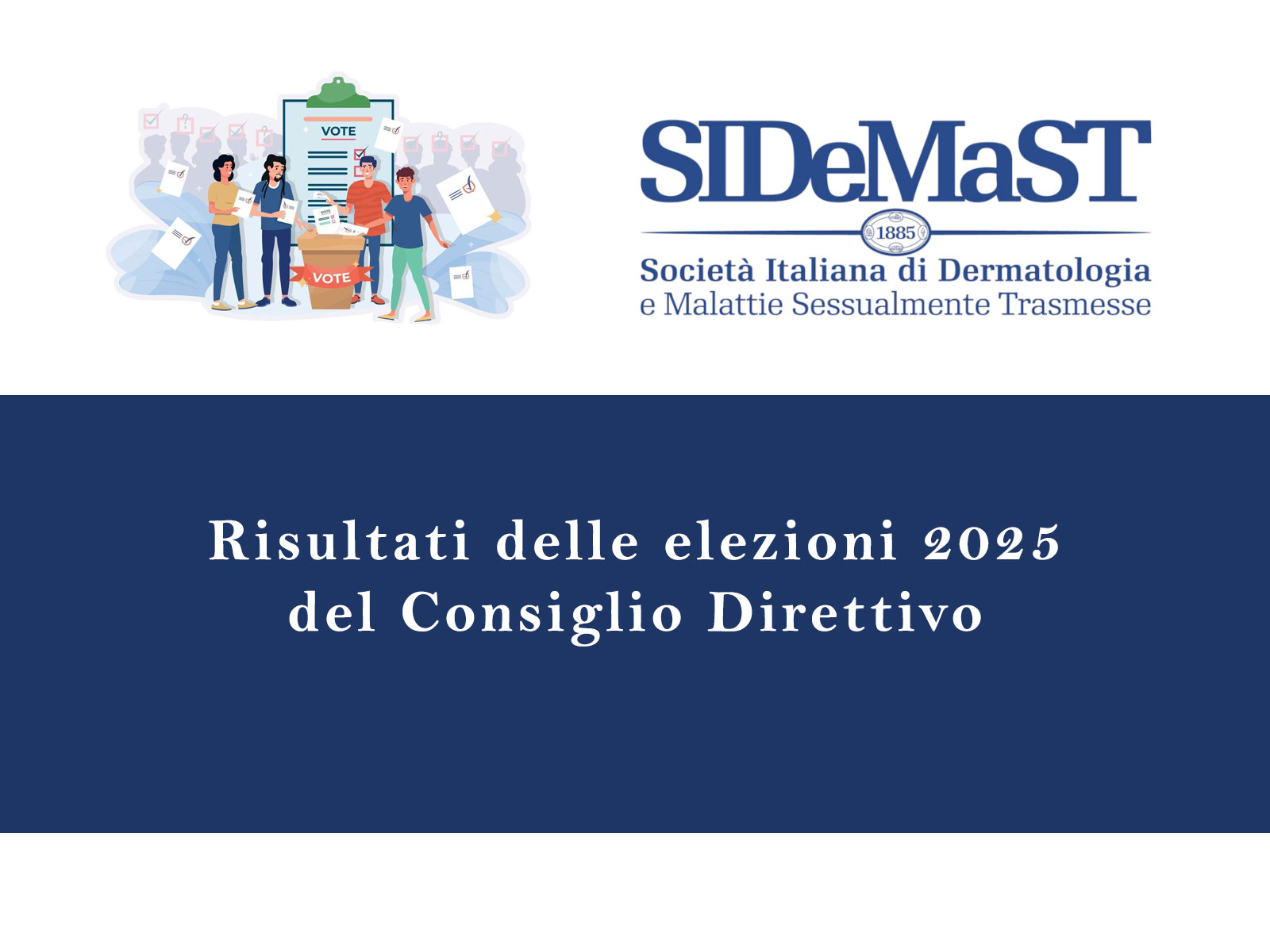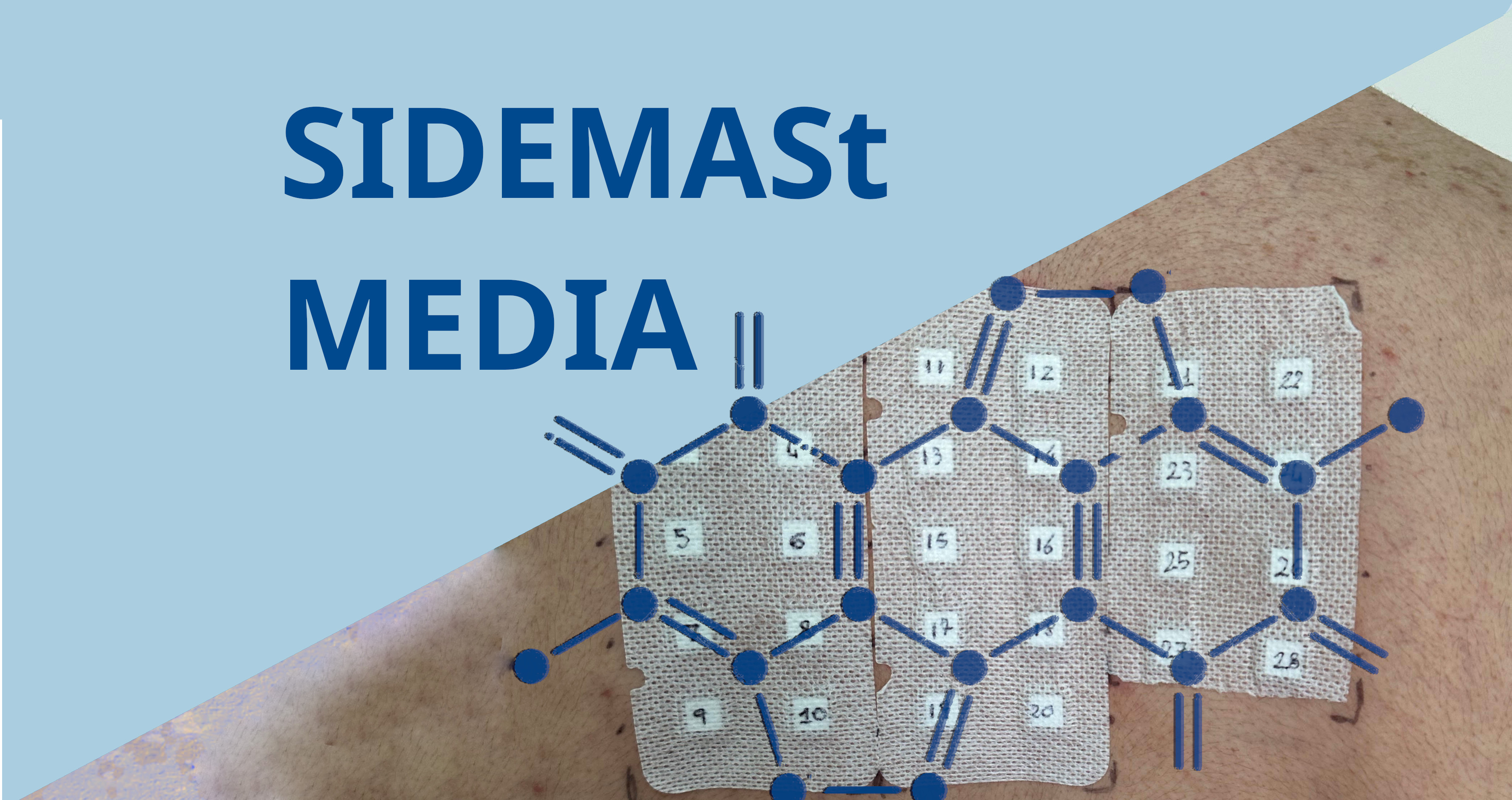The use of intravenous epoprostenol infusion is generally safe and effective in the treatment of scleroderma spectrum digital vasculopathy, according to results of a retrospective study presented here on November 13 at the 2016 Annual Scientific Meeting of the American College of Rheumatology/Association of Rheumatology Health Professionals.
Lead author Shing Law, MD, Boston Medical Center, Boston, Massachusetts and colleagues retrospectively identified 35 patients (32 female; median age 50 years; age range 21 to 85 years) referred for treatment of scleroderma spectrum digital vasculopathy at Boston Medical Center between October 2003 and September 2015. Forty-six epoprostenol infusions were administered to the 35 patients.
Twenty-nine of the 46 infusions produced improvement that was evident as pain relief, increased blood flow through the digits that was apparent as warming of the digits or restoration of normal colour, and reduced number and size of digital ulcers. Two of the infusions failed to produce improvement, and the effect of 16 other infusions was not documented. Five patients ultimately required surgical intervention, including amputation or debridement.
The epoprostenol infusion regimen involved continuous intravenous epoprostenol that was initiated at 2 ng/kg/min and increased every 15 minutes to a maximum dose of 8 ng/kg/min. Infusion was most often performed via central access, usually a peripherally inserted central catheter. The final dose depended on patient tolerance, blood pressure, and oxygenation. The maximum dose was achieved in most of the patients. The dose was maintained for 5 days before a tapering off in an increment of 2 ng/kg/min every 12 hours. If digital ischaemia recurred, the dose was held or increased, depending on the severity of the ischaemia, until the ischaemic episode resolved.
The possibility of pulmonary hypertension was assessed using echocardiography in each patient before epoprostenol was ended. If hypertension was evident, appropriate treatment was initiated before discontinuation of epoprostenol, typically a phosphodiesterase type 5 inhibitor.
A total of 19 of the 35 patients in this study had limited cutaneous systemic sclerosis, 5 had diffuse cutaneous systemic sclerosis, 3 had mixed connective tissue disease, and 2 had systemic sclerosis sine scleroderma. Subtype was not documented in 6 patients. Uncomplicated Raynaud's disease was not included in this study.
The target epoprostenol infusion rate of 8 ng/kg/min was achieved in 20 of the patients. The infusion rate was titrated above this rate in 7 patients because of clinical considerations.
Adverse events (AEs) occurred in 26 of the 46 infusions, and commonly included nausea/vomiting, jaw pain, headaches, and flushing. These AEs were transient, and occurred early during dose escalation. There were 6 serious adverse events: hypotension (n = 4), line infection (n = 1), and line thrombosis (n = 1).
Digital vasculopathy is a common complication of the scleroderma spectrum of diseases. The vasculopathy includes Raynaud's phenomenon, ischaemic digital ulcers, and digital ischaemia that can involve gangrene. Intravenous prostanoid therapy is recommended for severe systemic sclerosis-related digital vasculopathy, but the evidence, until now, has been scant.
The authors conclude that epoprostenol is a possible therapeutic option to improve the consistency of patient care in the treatment of scleroderma spectrum digital vasculopathy.
[Presentation title: Use of Intravenous Epoprostenol As a Treatment for the Digital Vasculopathy Associated with the Scleroderma Spectrum of Diseases. Abstract 14L]








